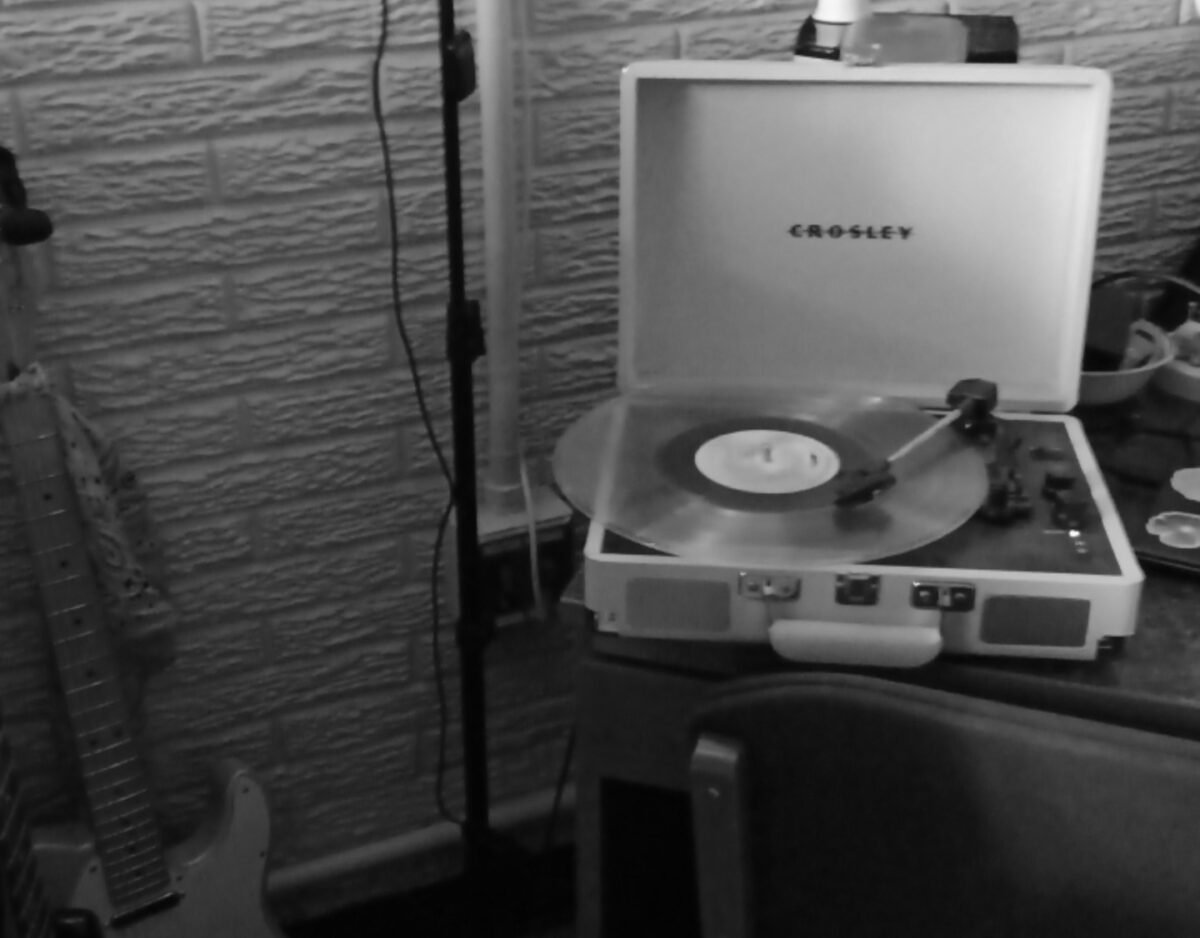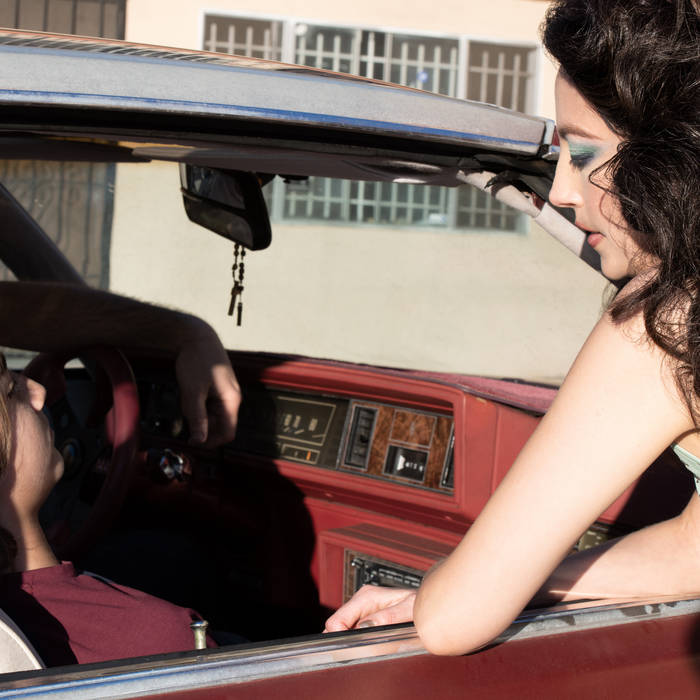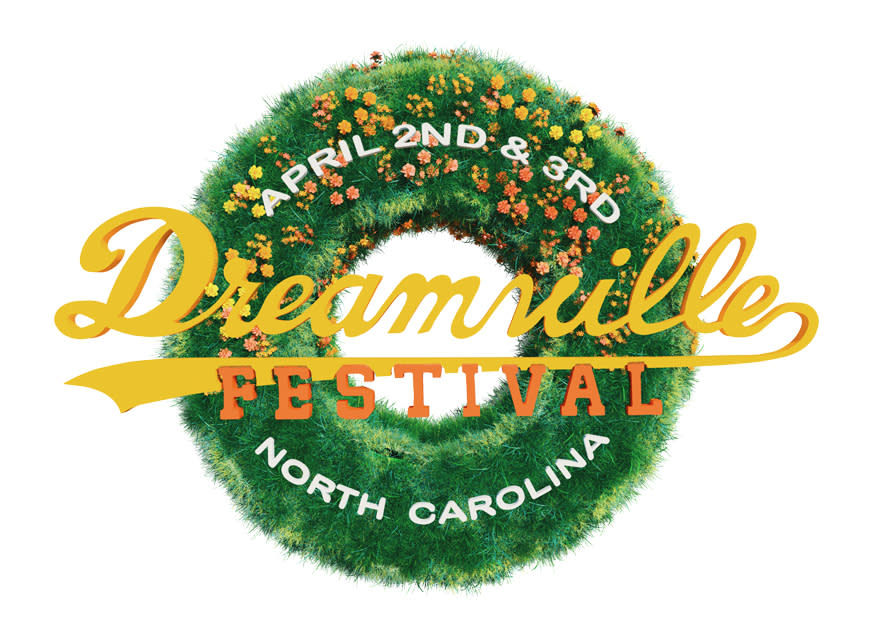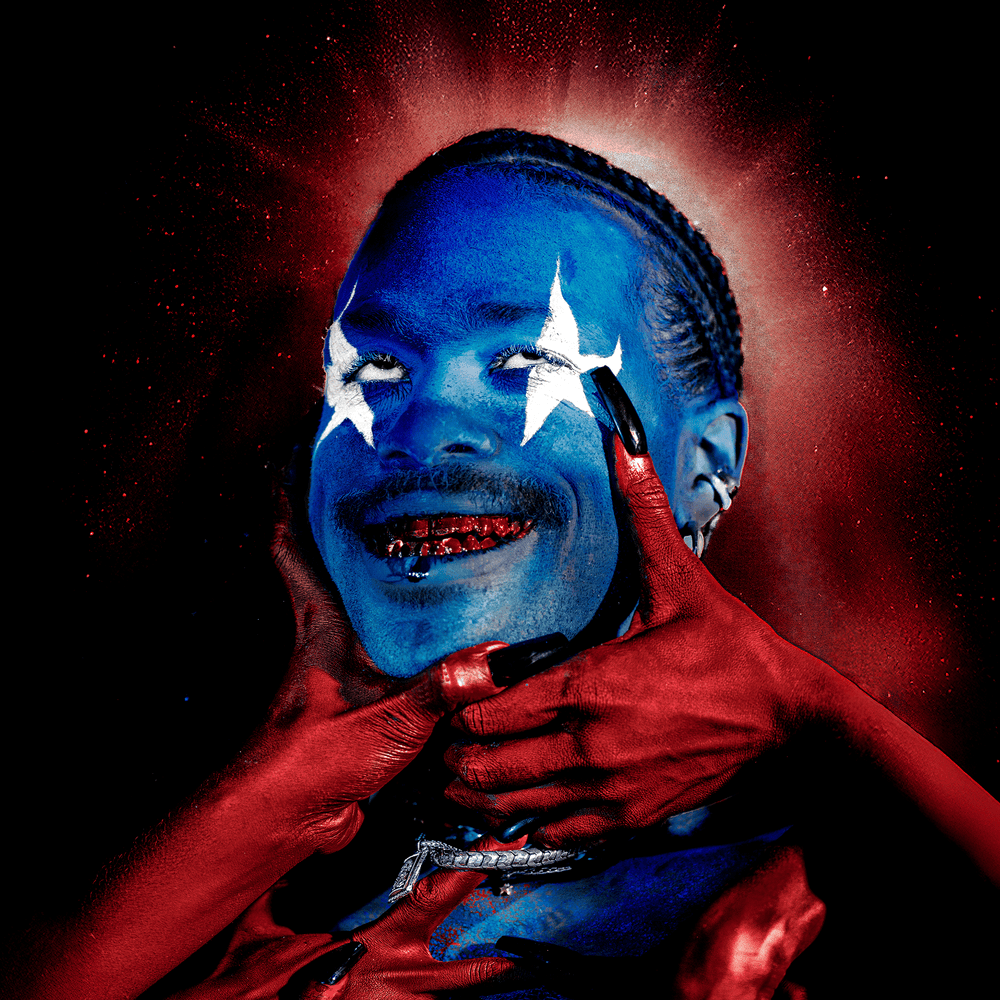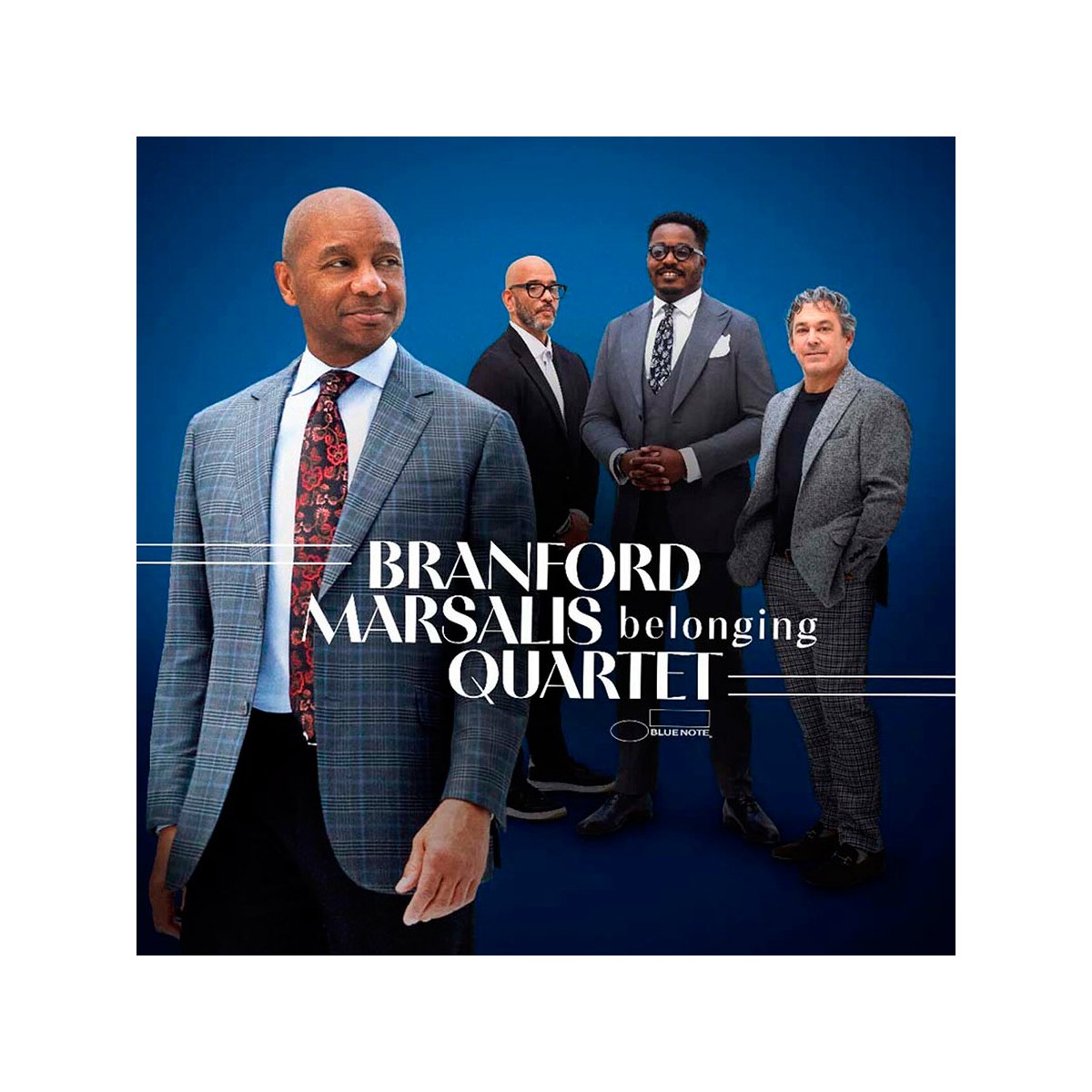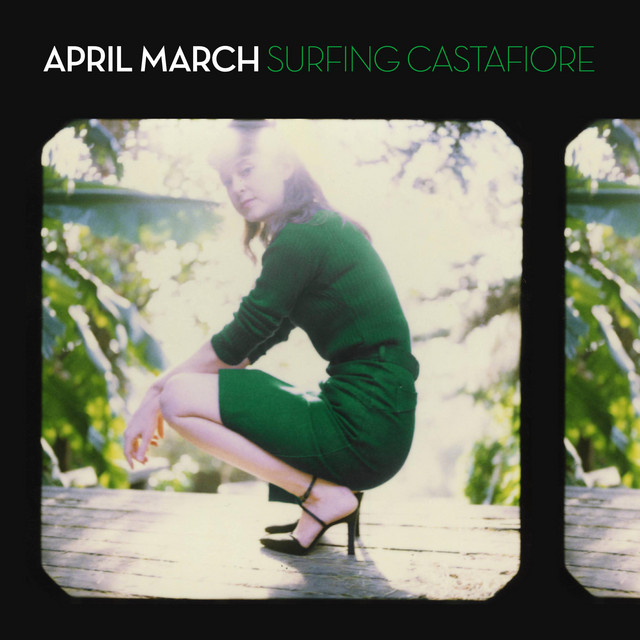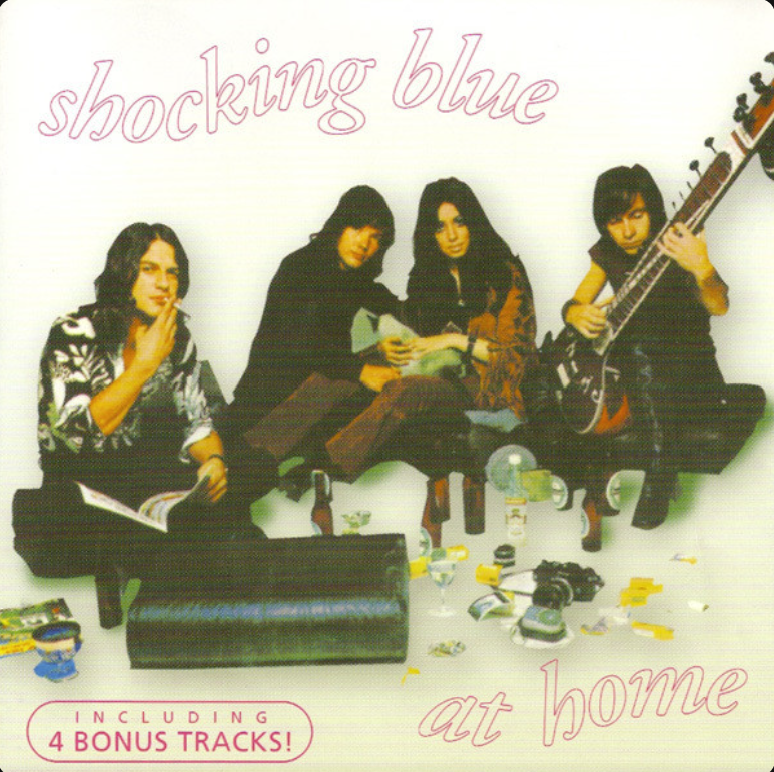What does it mean to have a diverse musical palate? Does it mean liking many artists in one genre? Many genres but few artists? Many similar genres? A few wildly different ones? As someone who loves exploring different genres, I don’t think there is a “right” answer.
Everyone is allowed to like whatever they like. There is no right or wrong answer to the question: What is good music?
“Beauty is in the eye of the beholder.” – Margaret Wolff Hungerford.
A less literal paraphrase might be along the lines of: “Good music is in the heart of the listener.” Everyone has different upbringings and experiences and tastes. There might be some music that is objectively bad but if someone likes it there has to be a reason behind it. Maybe they are noticing something others aren’t.

